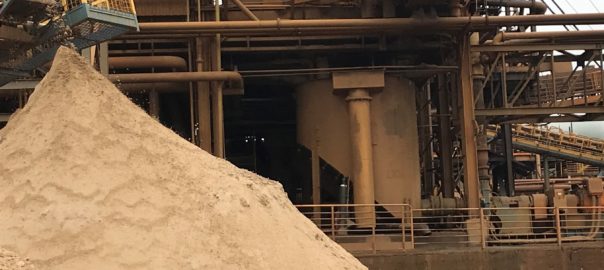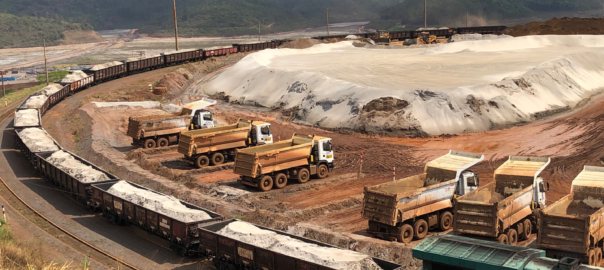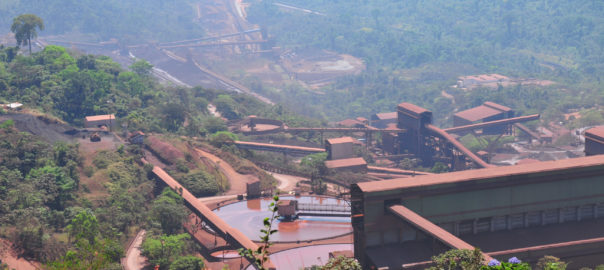Vale has announced the introduction of Agera – a company created to develop and expand its Sustainable Sand business.
Based in the state of Minas Gerais, Brazil, Agera receives the sand produced from the treatment of tailings generated by Vale’s iron ore operations in the state and promotes its commercialisation and distribution. The new company also invests in research and development (R&D) of new solutions for the product.
Sustainable Sand began to be produced by Vale in 2021 after seven years of research, as a substitute for sand extracted from the environment. Since then, around 900,000 t of the product have already been sent to the construction sector and road paving projects. The expectation is to sell 1 Mt this year and 2.1 Mt by 2024.
Fabiano Carvalho Filho, Vale’s Business Development Director, said: “We created Agera with the aim of scaling a business that is helping us to reduce the use of dams and piles in Minas Gerais, as well as helping to replace natural sand, which is often extracted predatorily from river beds. The creation of Agera is strongly linked to our strategy of promoting circular mining, which means strengthening the concepts of the circular economy in mining, associating economic development with better use of natural resources.”
Established about a year ago under the provisional name of Co-Log, Agera projects annual sales revenue of BRL18 million ($3.6 million) by 2023. Today, it has seven customer service points and stocks material in the Brazilian states of Minas Gerais and Espírito Santo. The company has contracts with seven road hauliers and three rail freight providers. The company currently serves more than 80 manufacturing units in seven segments (concrete, precast, mortar, artifacts, cement, textured paints and pavement) and is investing in research to expand its operations in other applications, such as red ceramics.
Fábio Cerqueira, Agera’s CEO, said: “We are structured to accelerate the development of sustainable products and materials, meeting the specific requirements of the market. In addition, our logistical solutions enable end-to-end efficiency to guarantee agility in the supply of sustainable sand.”
In terms of the production of Sustainable Sand, the wet processing of iron ore, which is currently used for less than 30% of Vale’s production, generates tailings, which can be disposed of in dams or piles. These tailings are basically composed of silica, the main component of sand, and iron oxides. It is a non-toxic material, which is only processed physically.
Since 2014, Vale has been investing in research to find solutions for the reuse of sand from iron ore processing, with the aim of reducing the generation of tailings. In 2021, Vale began marketing Sustainable Sand, a product intended for civil construction with 100% legal origin, high silica content and low iron content, as well as high chemical and granulometric uniformity.
The sand has been produced at the Brucutu mine in Minas Gerais since 2021. Last year, the company began small-scale production at the Viga mine and in the coming months it plans to start production at the Cauê mine, in Itabira.
In Brazil, around 330 Mt of sand are used every year in construction and industrial processes. The extraction of natural sand from riverbeds often exceeds the rate of natural replenishment and can cause irreversible environmental impacts. With the production of Sustainable Sand, it is possible to carry out 100% circular extraction, transforming a material that would otherwise be discarded into various products for the benefit of society, without compromising biodiversity, Vale says.
In addition, Sustainable Sand generates greater profitability for the construction market and industries, since the process guarantees greater control and quality of the final product, avoiding material waste and reworking during construction, the company added. Also in concrete production, Sustainable Sand helps to reduce cement consumption and CO2 emissions.









